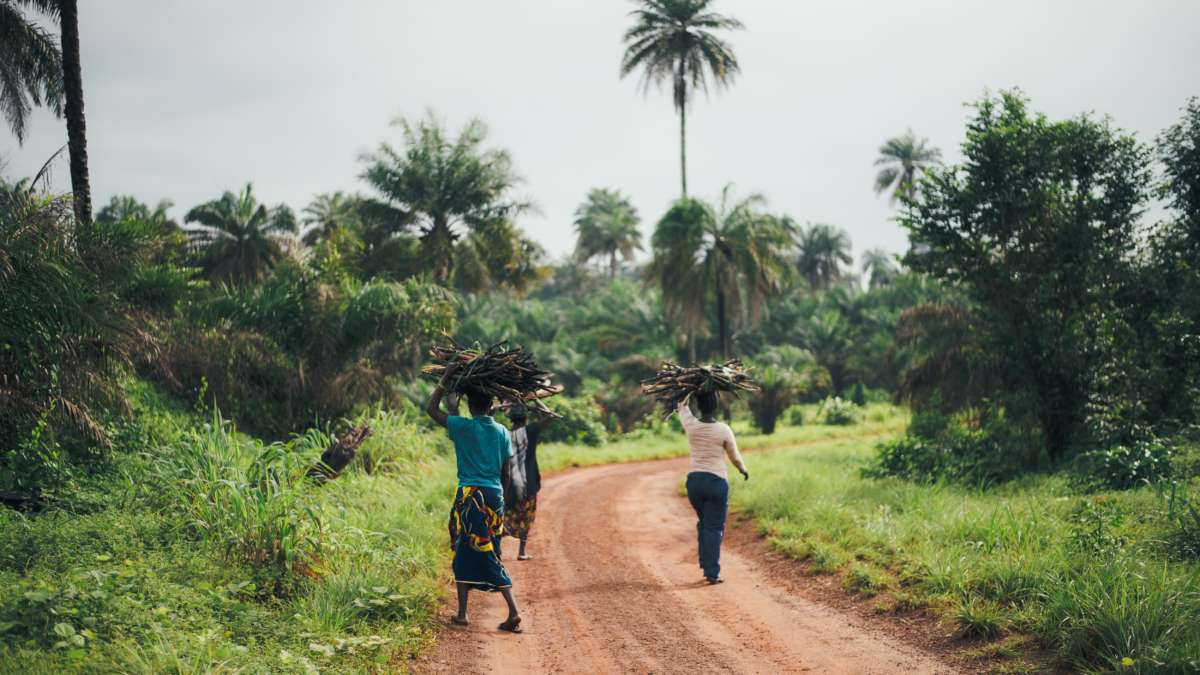CRI exposes the West African paradox
Impressive economic growth sitting side-by-side an alarming inequality gap
Kofi Annan, the former UN Secretary-General, in a New York Times op-ed on May 9, 2013 titled Stop the plunder of Africa, observed that, “the rising tide of wealth is not lifting all boats…few governments [in Africa] have used the increased revenues generated by resource exports to counteract rising inequality, build better healthcare and education systems or strengthen smallholder agriculture.”
Annan was referring to the impressive economic growth of African economies over the last two decades. Since 2002 commodity price boom, West African economies have expanded at phenomenal rates with the surge in prices of their main exports – minerals, oil and agricultural commodities such as cocoa. But this surge has not been matched with improvement in the quality of life of the average citizen. The growth was jobless, tax systems remained regressive and inconsequential social safety nets, where they exist. The gap between the rich and the poor has, in effect, widened.
It is within this context that Oxfam/Development Finance International (DFI) Commitment to Reducing Inequality (CRI) index provides clarity about what is really happening and what governments in Africa need to do to better fight inequality.
In West Africa, we published the first regional CRI in July 2019, after the launch of the 2018 global CRI. In our region, the CRI has contributed to explaining why the phenomenal growth has brought little progress to most citizens, particularly the most vulnerable including women, young people, workers and rural dwellers in the way of good healthcare, education and other public services and what governments in the region can do about it.
To make the CRI more meaningful to citizens and further encourage governments and the regional bloc, the Economic Community of West African States (ECOWAS) to prioritise curbing inequality, we contextualized the CRI data on the three core pillars of – public spending, progressive taxation and labour rights – with two critical issues: agriculture and land rights. This is because agriculture is the main source of livelihood for over 65 per cent of the region’s 371 million population of which women make a substantial part of the smallholder food crop farmers. Most of these women do not own the lands they farm on.
Regarding the ECOWAS region, the CRI made a shocking discovery and that is that West Africans live under governments that are the least committed to tackling inequality when compared to their counterparts in Eastern Africa, Central Africa, Southern Africa and North Africa.
See map below:
Senegal has shown that inequality is not fate and that public policy and political will are effective tools to fight it. Over the last few years, Senegal has increased its public spending on healthcare and education, making it the 13th highest-spending country in the world in these sectors, proportionally as a percentage of GDP. Senegal also has one of the largest safety net programmes in Africa.
Advocacy progress
Progress is slow, but the CRI jolted the region into action and awoken citizens. The CRI has fundamentally changed the narrative and re-shaping government actions on inequality in the region and assisting CSOs think about their work, irrespective of the primary focus, be it maternal health, climate change or fiscal justice, through an inequality lens.
We have also seen academics and governments adopt ideas from the CRI. At the University of Ghana Business School, the CRI is now a part of the curriculum. And in response to the Index, two West African heads of State, President Julius Maada-Bio of Sierra Leone and President Marc Kabore of Burkina Faso have committed to champion to champion inequality in the region and Africa as a whole.
Sierra Leone’s government has since integrated aspects of the CRI in the country’s new five-year development plan. The President confirmed this in February 2020 at a side event of the 33rd African Union Heads of State and Government Summit. “Sierra Leone sees its 2018 ranking (153/157) in OXFAM’s Commitment to Reducing Inequality Index (CRII) as an incentive to undertake further progressive action to address thorny development questions,” President Maada-Bio said in his opening statement.
The government is now investing over a fifth (21%) of its annual budget in free quality education, targeting two million children most of whom could not afford the equivalent of US$20 school fees, who are now in school.
From Senegal through Burkina Faso to Nigeria governments are drawing insights from the CRI to fight poverty and inequality.
Presently, in Mali, which is the epicentre of the Sahelien crisis, women from wealthy families are 15 times more likely to have received a secondary education than those from poor families.
The Covid-19 pandemic and its devastating impact on the livelihoods of the most vulnerable has made the need to fight inequality in West Africa even more urgent. West Africa is home to a quarter of Africa’s 1.2 billion population and 5 percent of the world’s population. In effect, as many people live in West Africa as in the United States and Canada combined. The African continent makes up 17% of the world’s population.
A high 75.3 percent of West Africa’s population is below the age of 24years. Niger has one of the youngest populations in the world, according to the United Nations.
This means that West African governments should be investing heavily in basic public services such as good quality healthcare, education and social protection systems, optimize domestic revenue mobilisation through progressive tax reforms and invest in job creation to ensure that the region’s young, vibrant and growing population becomes asset and not a burden soon.
© Kwesi W. Obeng

